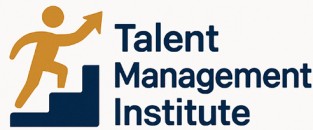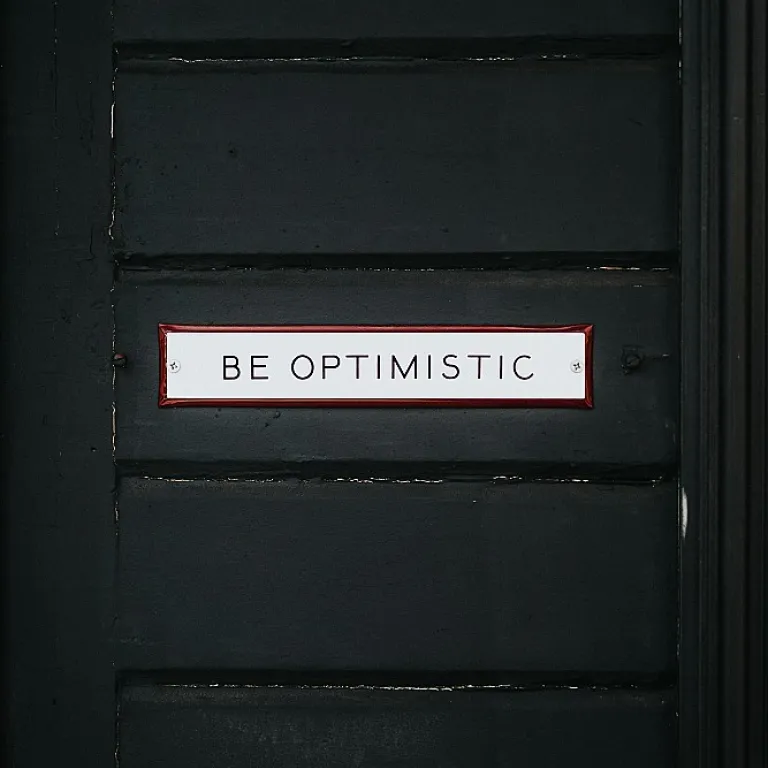
Understanding the Importance of Employee Recognition
Recognizing the Value of Recognition
In the dynamic environment of today’s workplace, recognizing and valuing the effort of employees is more crucial than ever. Employee recognition goes beyond simply saying 'thank you'—it involves a strategic approach to ensuring team members feel valued and motivated. When employees know their hard work and achievements don’t go unnoticed, it not only boosts their morale but also enhances overall productivity.
When a company fosters a culture of recognition, it positively impacts both individual and team performance. Regular acknowledgment of employees’ contributions can significantly enhance employee engagement and retention. This can take the form of simple gestures like a public shoutout on social media to celebrate achievements, or more structured reward programs that offer tangible benefits.
Incorporating appreciation into your daily workplace routine doesn’t have to be a costly endeavor. There are numerous low-cost ways to show appreciation, such as employee of the month initiatives or personalized rewards and gifts tailored to individual preferences. These acts contribute to a sense of belonging and purpose, prompting employees to invest even more in their work.
Moreover, embedding a company-wide recognition program encourages peer recognition and builds a culture where employees readily celebrate each other's successes. Encouraging a supportive atmosphere where team members are inspired to share in each other’s wins can lead to stronger collaborations and team building.
To effectively gauge the impact of these efforts, consider implementing an assessment tool like an employee climate survey questionnaire to understand whether the recognition efforts are truly making employees feel valued and appreciated. By giving attention to employees' feedback, companies can continually refine their recognition strategies, making adjustments that benefit everyone involved.
Personalized Recognition: Tailoring Approaches to Individual Preferences
Crafting Personalized Recognition for Maximum Impact
In today's dynamic workplace, recognizing employees in a way that resonates with them personally can significantly enhance their sense of appreciation and motivation. Personalized recognition goes beyond generic acknowledgments, tapping into individual preferences and making employees feel truly valued.
Understanding what makes each team member tick is crucial. Some employees may appreciate public recognition during a company-wide meeting, while others might prefer a private note of thanks. Tailoring your approach to suit these preferences can make all the difference in how your recognition is received.
- Know Your Team: Take the time to learn about your employees' interests and preferences. This could be through casual conversations, surveys, or feedback sessions. Knowing whether an employee prefers a day off, a gift card, or a heartfelt note can help you choose the right way to recognize their hard work.
- Celebrate Milestones: Recognize not just the big achievements but also the small wins. Celebrating milestones, whether it's completing a challenging project or reaching a personal goal, can boost morale and reinforce a culture of appreciation.
- Offer Meaningful Rewards: Consider low-cost yet meaningful rewards that align with individual preferences. This could be a book by their favorite author, a subscription to a service they love, or even a simple gesture like a handwritten note.
By personalizing recognition, you not only acknowledge the unique contributions of each team member but also foster a culture of recognition that encourages others to do the same. This approach not only enhances employee engagement but also strengthens the overall company culture.
For more insights on how to boost staff morale through effective recognition strategies, you can explore effective strategies to boost staff morale.
Formal vs. Informal Recognition: Finding the Right Balance
Exploring the Dynamics of Formal and Informal Recognition
Recognition in the workplace can manifest in various forms, with both formal and informal methods offering unique benefits. Striking the right balance between these strategies ensures that employees feel valued and acknowledged for their hard work. Formal recognition programs, such as Employee of the Month awards or annual company-wide ceremonies, provide structured ways to celebrate achievements. These methods often include tangible rewards or public acknowledgement during meetings and events, creating a significant impact that highlights top performers. By institutionalizing these incentives, companies can foster a culture of appreciation. However, while formal recognition rewards employees with visible accolades, they may not resonate with every team member due to the official nature and sometimes rigid selection criteria. On the other hand, informal recognition allows for more spontaneous and personalized gestures. Examples include a manager stopping by an employee’s desk to personally praise today's outstanding performance or sharing a congratulatory note on social media. These quick, no-cost actions can boost morale and reinforce positive behaviors swiftly. When informal recognition becomes a regular part of the workplace culture, it complements formal methods, indicating an authentic appreciation for the day-to-day efforts. To maximize the effectiveness of recognition programs, consider these insights:- Tailor recognition to preferences: Personalize your approach by recognizing individual preferences. Some employees might prefer public recognition, while others may appreciate a handwritten note or a one-on-one meeting. This flexibility shows a genuine effort to meet their appreciation needs.
- Promote a culture of gratitude: Encourage team-building activities that integrate recognition, such as shout-outs during team meetings or peer recognition system. Creating an environment where appreciation is freely given supports a positive team culture.
- Utilize technology: Leverage digital platforms to enhance your recognition framework. Introducing online recognition programs can make sharing appreciation simple and accessible across company-wide channels.
Leveraging Technology for Employee Recognition
Utilizing Modern Tools for Effective Acknowledgment
In today’s digital-driven workplace, leveraging technology for employee recognition can significantly enhance the efficacy and reach of your efforts. With a multitude of platforms and tools available, recognizing employees becomes more seamless, timely, and engaging. First, consider implementing a recognition program that utilizes social media or internal communication tools. This can help create a company-wide culture of appreciation, where team members can celebrate their peers' successes openly. It enhances the visibility of individual and team accomplishments across the company. Additionally, employee engagement platforms can streamline the recognition process by allowing easy access to peer recognition features, where colleagues can share acknowledgments and appreciation. By encouraging employees to engage in peer-to-peer recognition, companies foster a culture of recognition organically, strengthening team building and camaraderie. Integrating low-cost reward systems within these platforms can further amplify the impact. Offering digital gifts or rewards points that employees can accumulate and redeem turns recognition into a tangible appreciation. This not only makes employees feel valued but also motivates them to engage in recognizing others. Offering mobile access to recognition tools ensures that acknowledging hard work doesn’t become a cumbersome task. Employees can recognize each other from anywhere, enhancing the inclusiveness of your program. Incorporating AI-driven analytics can provide insights into the effectiveness of your recognition efforts, enabling better decision-making when it comes to refining your strategies. You can measure the impact of these initiatives regularly, ensuring the well-being and satisfaction of your employees by keeping such efforts relevant and impactful. By embracing these technologies, your company can nurture an appreciation culture that is both flexible and innovative, ultimately contributing to a thriving workplace where employees feel genuinely recognized.Peer-to-Peer Recognition: Encouraging a Culture of Appreciation
Encouraging Appreciation Among Peers
The workplace thrives when there's a strong sense of appreciation, not just from managers to employees, but among employees themselves. Peer-to-peer recognition can create a supportive environment where team members feel acknowledged for their contributions and motivated to excel. Implementing a peer recognition program can be both cost-effective and impactful. Here are a few practical ways to encourage a culture of appreciation through peer recognition:- Build a Recognition Platform: Develop a simple system where employees can publicly recognize one another. This can be through an intranet site, a dedicated Slack channel, or a social media board. Allowing peers to share shout-outs for hard work or creative ideas enhances employee engagement.
- Organize Recognition Days: Designate specific days to celebrate employee achievements, where peers can hand out tokens of appreciation, such as low-cost gifts or personalized notes. Such gestures help employees feel valued without a significant budget.
- Establish a Buddy System: Encourage team members to pair up as 'recognition buddies,' where they actively look for ways to highlight each other’s efforts and achievements. This practice not only boosts employee morale but strengthens team building by fostering deeper connections.
Measuring the Impact of Recognition Programs
Evaluating the Outcomes of Appreciation Programs
Recognizing employee efforts is more than just a thoughtful gesture; it's a strategic initiative with measurable outcomes. Tying appreciation to tangible results helps organizations understand the profound impact such initiatives can have on your workplace. So, how do companies effectively measure these outcomes? Start by setting clear objectives for what you hope to achieve with your program, whether it's enhancing employee engagement, fostering a culture of appreciation, or reinforcing company values. These goals will inherently shape the way you assess success.- Employee Surveys: Conduct regular surveys tailored to gauge how recognition initiatives affect employees’ perception of value and job satisfaction. Encouraging employees to share their thoughts can pinpoint areas where recognition may need to be enhanced.
- Performance Metrics: Look for improvements in performance metrics, such as productivity and quality of work. Recognized employees often feel motivated to maintain or improve their performance, impacting overall team outcomes positively.
- Turnover Rates: A noticeable drop in turnover rates can be a telling sign that your team feels appreciated and valued. Employees who feel recognized are less likely to seek other opportunities.
- Engagement Scores: Enhanced engagement scores are often indicative of an effective recognition program in place. When employees are acknowledged for their hard work, they feel more connected to the company's mission and values.













